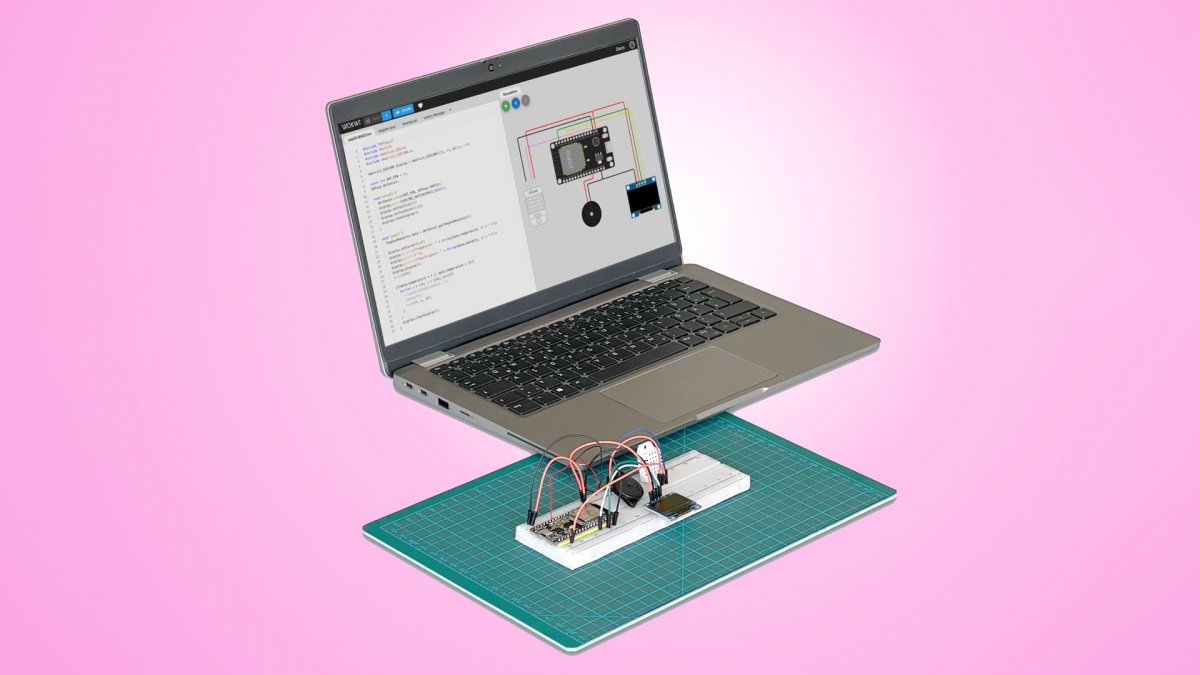Project ideas can strike at any moment, but sometimes you have to wait for the physical hardware to arrive before putting your plans into practice. That’s where simulators come in handy. Wokwi, created by Uri Shaked, is a web application that allows you to simulate microcontroller projects in a browser without the need to install additional software or endanger real hardware through incorrect wiring.
One of the major benefits of Wokwi is that it allows you to plan and test your ideas in advance, giving you a head start on your project. The simulator is also very user-friendly, which makes it easy for beginners to get started.
Wokwi works by performing calculations on a server, with the browser acting as a client. This means that it can be run on a variety of internet-enabled devices, including smartphones and tablets.
To use Wokwi, simply create an account on the website and start exploring. There are a handful of microcontrollers available, with extended functions that can be added using plugins. Once you select the microcontroller you want to use, you can simulate it by virtually connecting it to other components.
It’s also easy to test your project’s program flow. Simply upload your code and test it out in the simulator. If you’re happy with your project, you can share it with others or download it for future reference.
In Make Magazin 3/2023, you can find an article that provides an in-depth look at Wokwi and its features. The article also includes a step-by-step guide on how to create a prototype using Wokwi, which can be useful for beginners who are just getting started with microcontroller projects.
Overall, Wokwi is a great tool for anyone who wants to simulate ESP32, Arduino, and Raspi projects in the browser. It’s easy to use, versatile, and can save you a lot of time and money in the long run.



